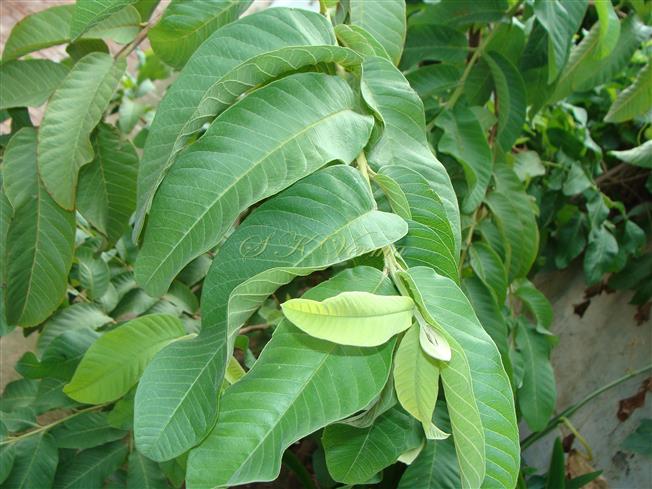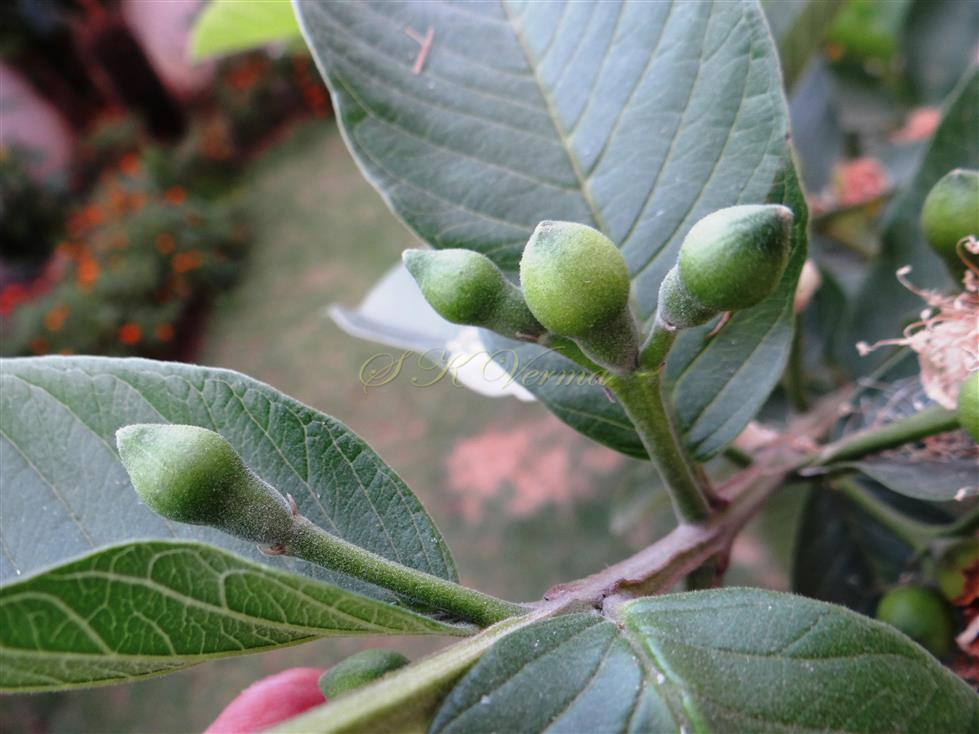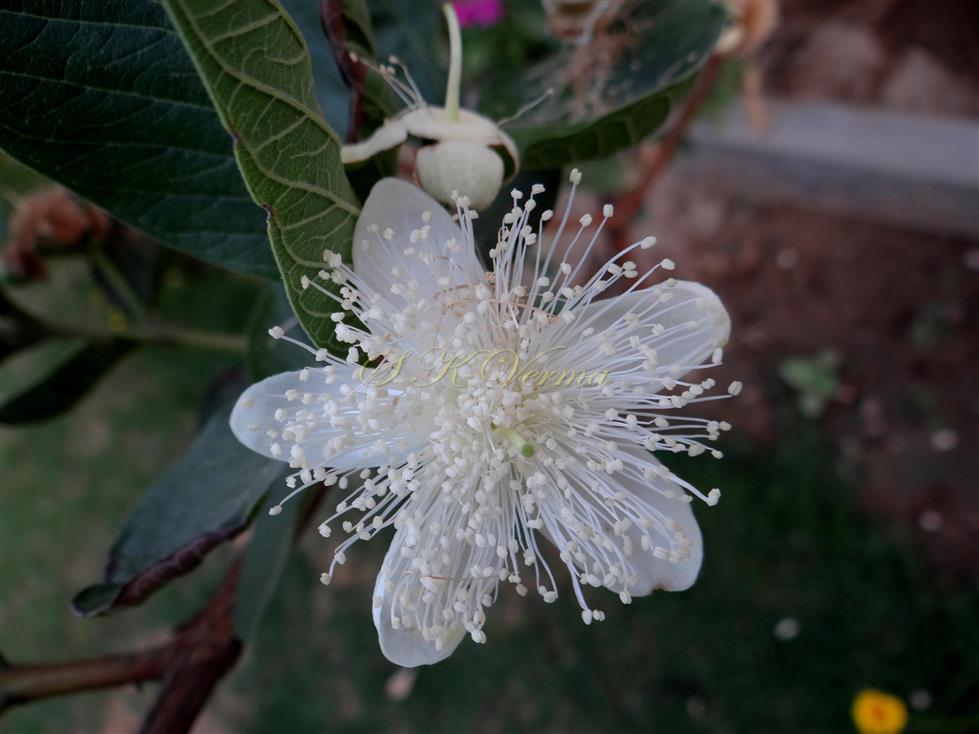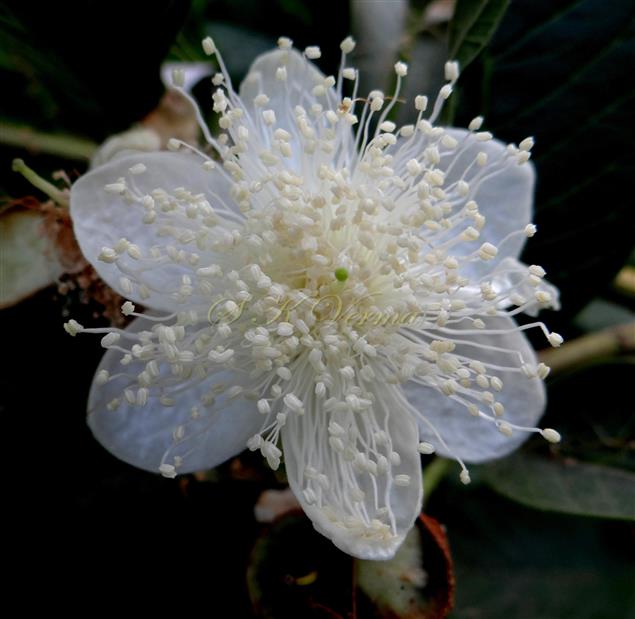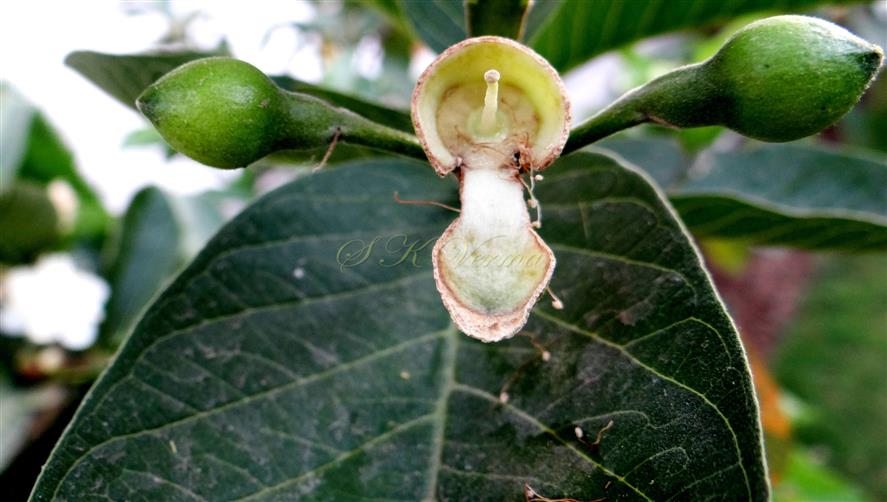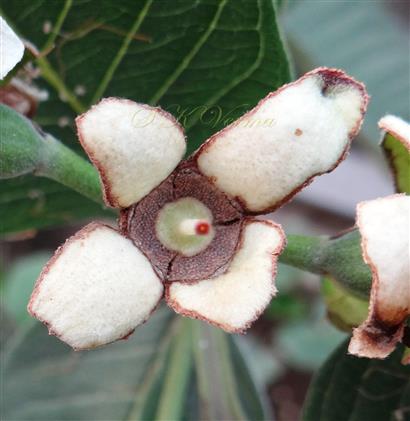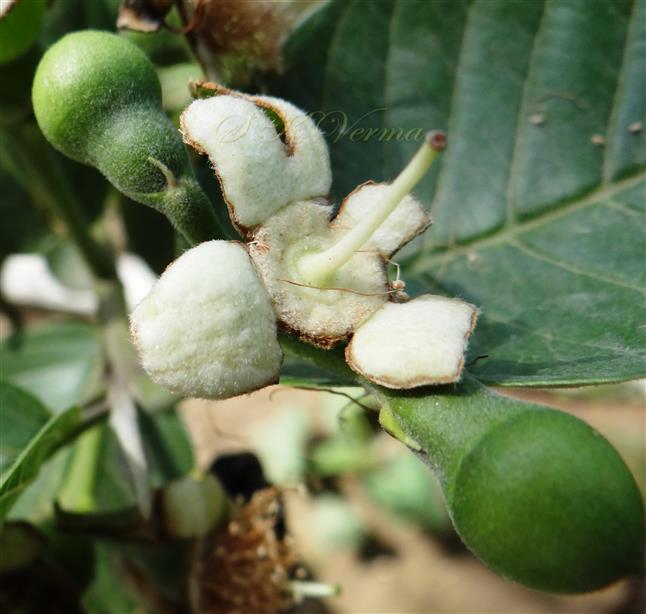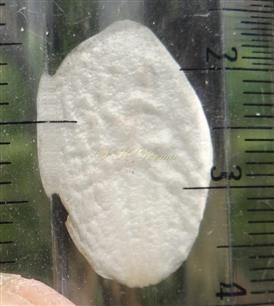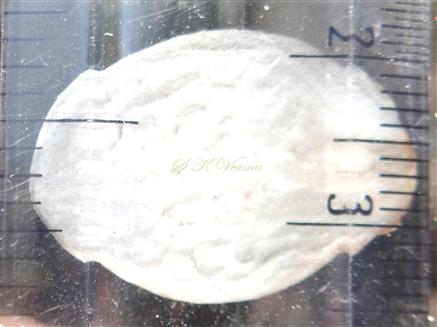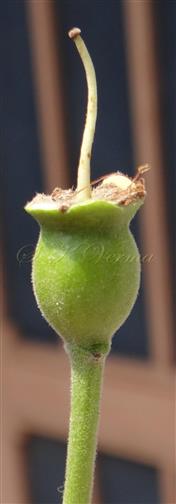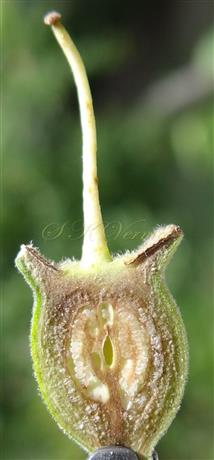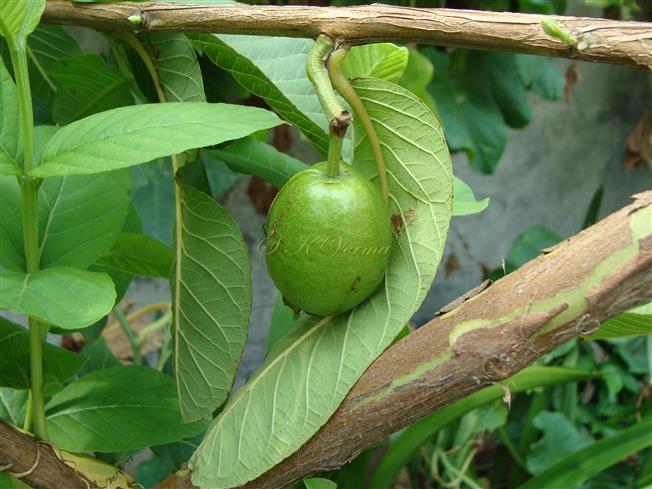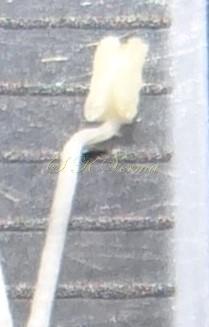PSIDIUM
Psidium
L., Sp. Pl. 1: 470. 1753; Gen. Pl. ed. 5: 211. 1754; Fl. China @ eFloras.org 13: 331; Fl. North Amer. @ eFloras.org vol. 10
Shrubs or trees, glabrous or pubescent, hairs simple. Bark grey, smooth. Branchlets pubescent. Leaves opposite, petiolate; leaf blade pinnately veined, coriaceous. Flowers axillary, large, usually 1 or 3 per axil, solitary or dichasia. Bracts 2. Bracteoles 2, caducous. Hypanthium campanulate or urceolate, obconic. Flowers bisexual, +/- actinomorphic, usually 5-merous, epigynous, sessile or pedicellate. Calyx lobes 4 or 5, unequal, persistent, calyx sometimes forming calyptra (in closed bud calyptra completely closed or open as terminal pore, tearing irregularly or regularly in 5 lobes). Petals 4 or 5, free, whitish. Stamens numerous, free, in many whorls, anthers ellipsoid, basifixed, thecae parallel, dehiscence longitudinal. Ovary usually 4- or 5-locular, rarely 2,3 or 6, placenta well developed, fleshy; numerous ovules per loculus, 2- to many-seriate; style linear; stigma expanded. Fruit berries, pyriform, globose or subglobose, green, yellow or red, apex with persistent calyx lobes. Seeds few to numerous, seed coat hard.
94 species
Psidium guajava
Psidium guajava
L., Sp. Pl. 1:470. 1753; Fl. China @ eFloras.org 13: 332; Fl. North Amer. @eFloras. org vol. 10.
Small trees, up to 8 m tall, pubescent, hairs simple, whitish yellow; trunk light brown, reddish brown or greyish green, smooth, peeling in large flakes. Branchlets angular, +/- winged, pubescent, often sulcate. Leaves opposite; petiole ca. 5 mm long, pubescent, adaxially channelled; leaf blade oblong to elliptic, 6-12.5 cm x 3.5-7.5 cm, leathery, midvein prominent abaxially, lateral veins 12-20 on each side of midvein, base rounded or +/- cordate, apex acute, acuminate or rounded, abaxial surface densely to sparsely appressed pubescent, adaxially glabrate. Peduncle 1-3 cm long, terete, puberulent. Inflorescence 1- or 3-flowered, axillary. Bracteoles linear to narrowly triangular, 2-5 mm long, sparsely pubescent. Flower buds fusiform to pyriform, 1-1.5 cm long, constricted near midpoint, apex usually conic. Hypanthium campanulate, ca. 7 mm x 7 mm, puberulent. Calyx closed, nearly rounded, 7-8 mm, tearing irregularly as bud opens, persisting or falling in 2-6 lobes; lobes unequal, of no definite shape, lobes white and pubescent adaxially, green and puberulent abaxially. Petals 5, free, obovate to elliptic, ca. 1.8 cm x 1.4 cm, white. Disc 4-6 mm across. Stamens numerous, free; filaments 15-28 mm long, white; anthers 1-1.2 mm long, oblong, basifixed, dehiscence longitudinal. Carpels 4-6, syncarpous; ovary inferior, 4-6-locular, adnate to hypanthium, ovules many, multiseriate; style 1.2-1.5 cm long, slender; stigma capitate, green. Berries green or yellow, aromatic with pink or white flesh inside, globose, ovoid or pyriform, 3-8 cm, with persistent calyx lobes at apex. Seeds few to many, +/- reniform, 3-4 mm, smooth.
Common Names: Guava; Amrood (Hindi)

